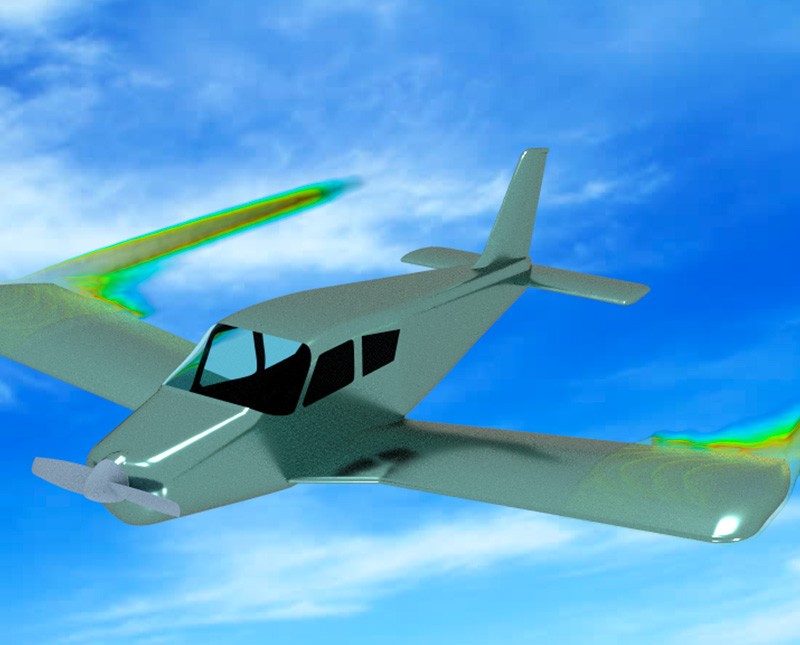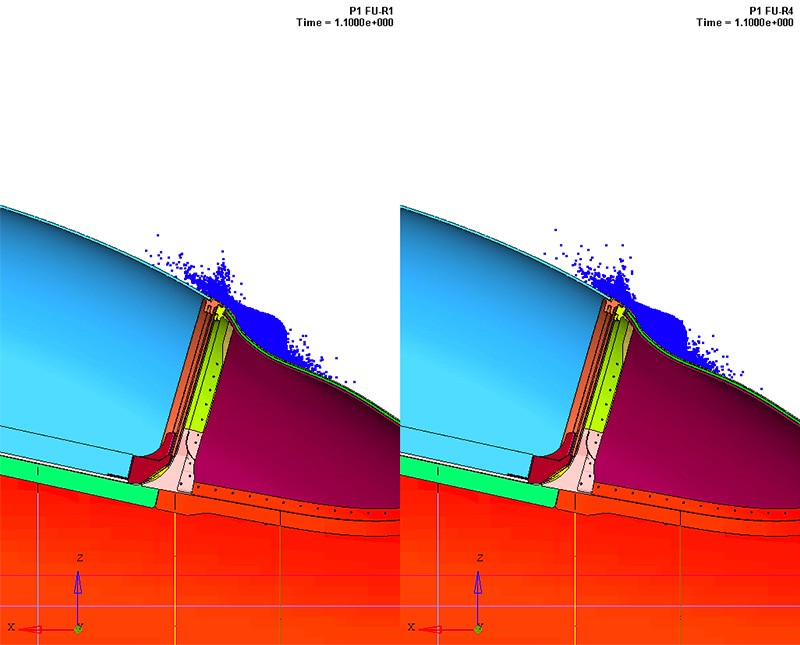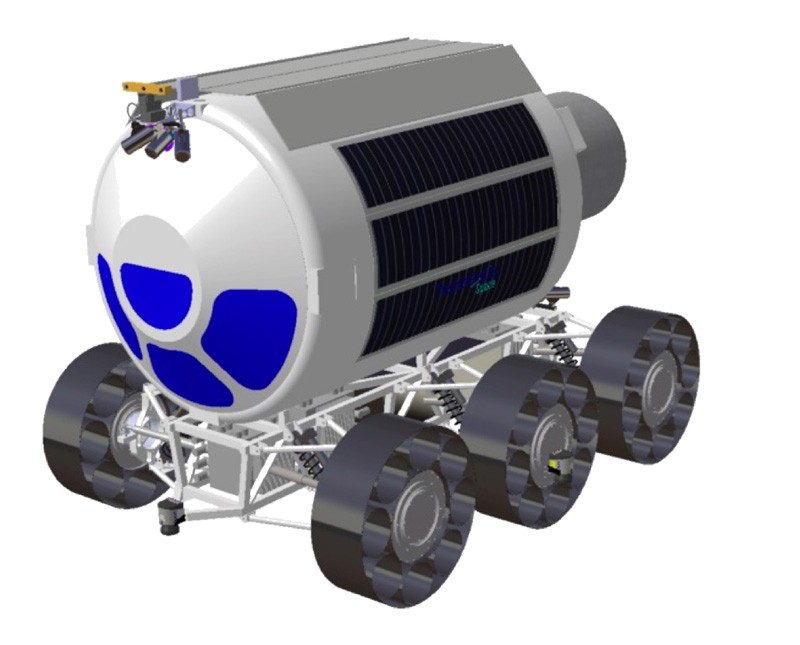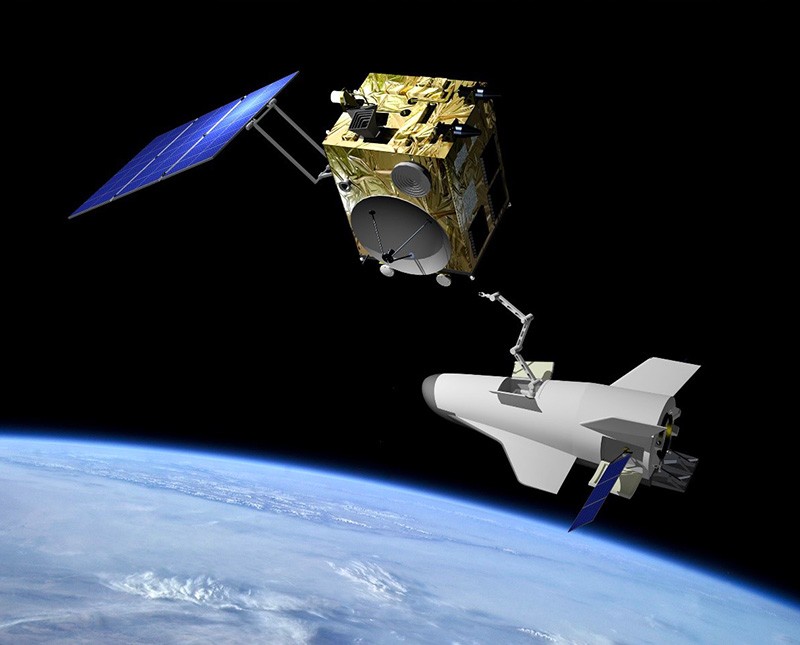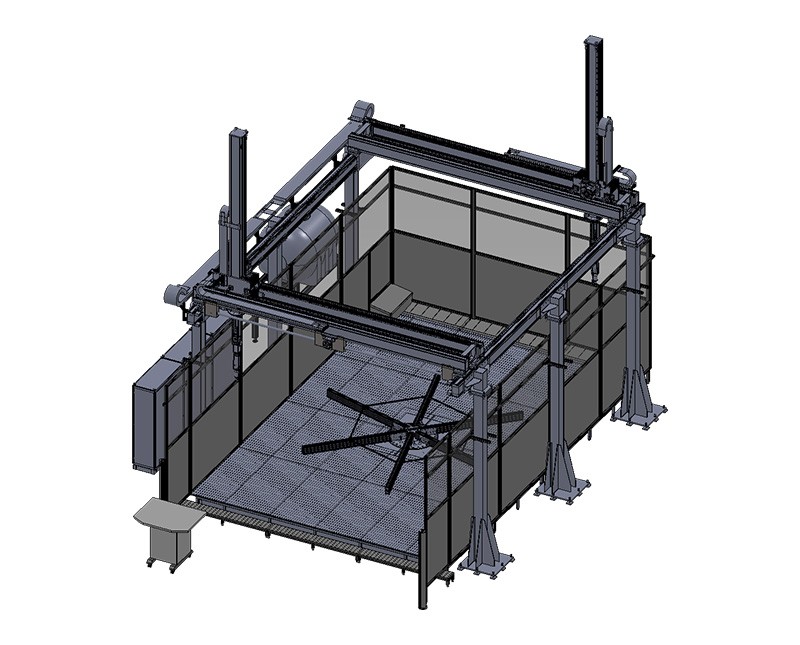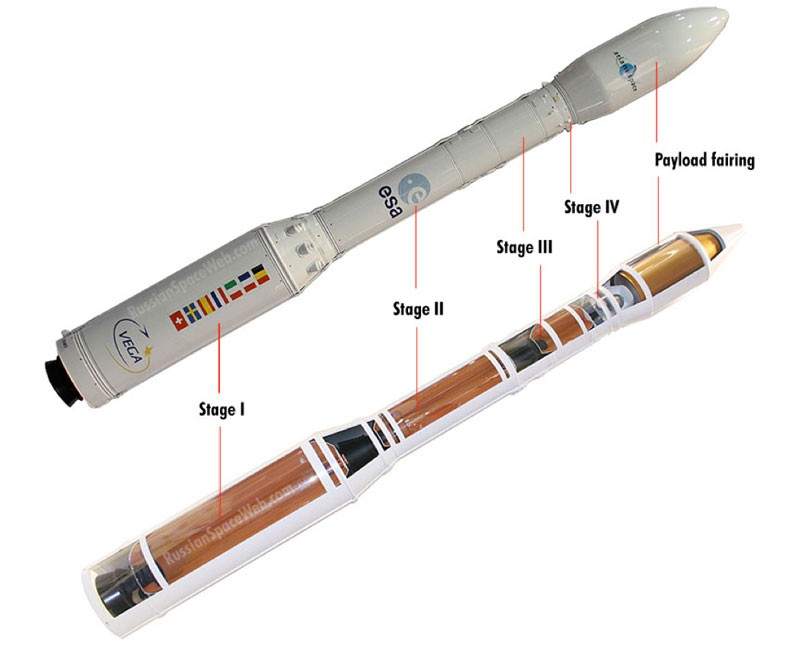Main target
Computational Fluid Dynamics (CFD) modelling has its roots in the aerospace industry and is a fundamental tool for aircraft design. With numerical fluid dynamics, it is possible to identify the three-dimensional motion field of air around an aircraft, the ability to predict the flow of air in the various flight conditions therefore makes CFD an indispensable tool throughout the development of the project.
Description
- Realization of the CFD model of the entire aircraft including the propeller
- Propeller simulated with MRF (Moving Reference Frames) or RBM (Rigid Body Motion) techniques
- Steady or transient numerical simulations that allow to determine the aerodynamic forces acting on the aircraft in terms of lift and drag and therefore aerodynamic efficiency
- Virtual analysis of various geometric scenarios of fuselage and wings, very useful in the initial stages of the project
- Correlation of the virtual model with the real one using wind tunnel tests
Benefits
Fluid dynamics analysis allows for multiple benefits:
- evaluate different design and stylistic solutions in the preliminary design phases
- optimize the geometric shapes of the aircraft to improve aerodynamic efficiency thus reducing fuel consumption
- reduce costly and time-consuming wind tunnel tests to the advantage of shorter project development time and costs


